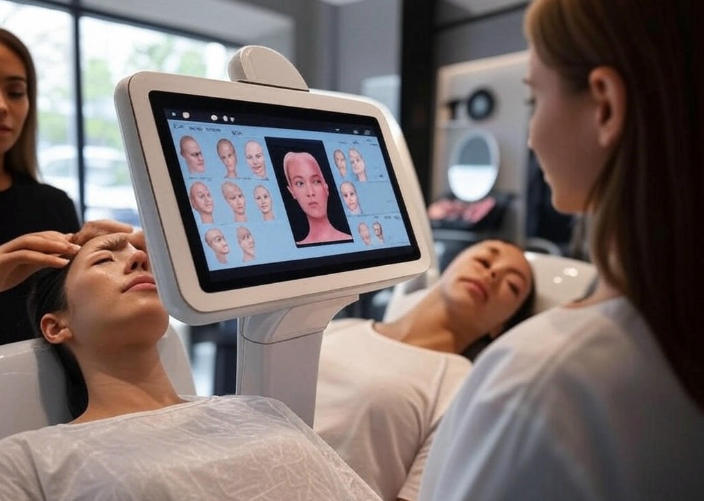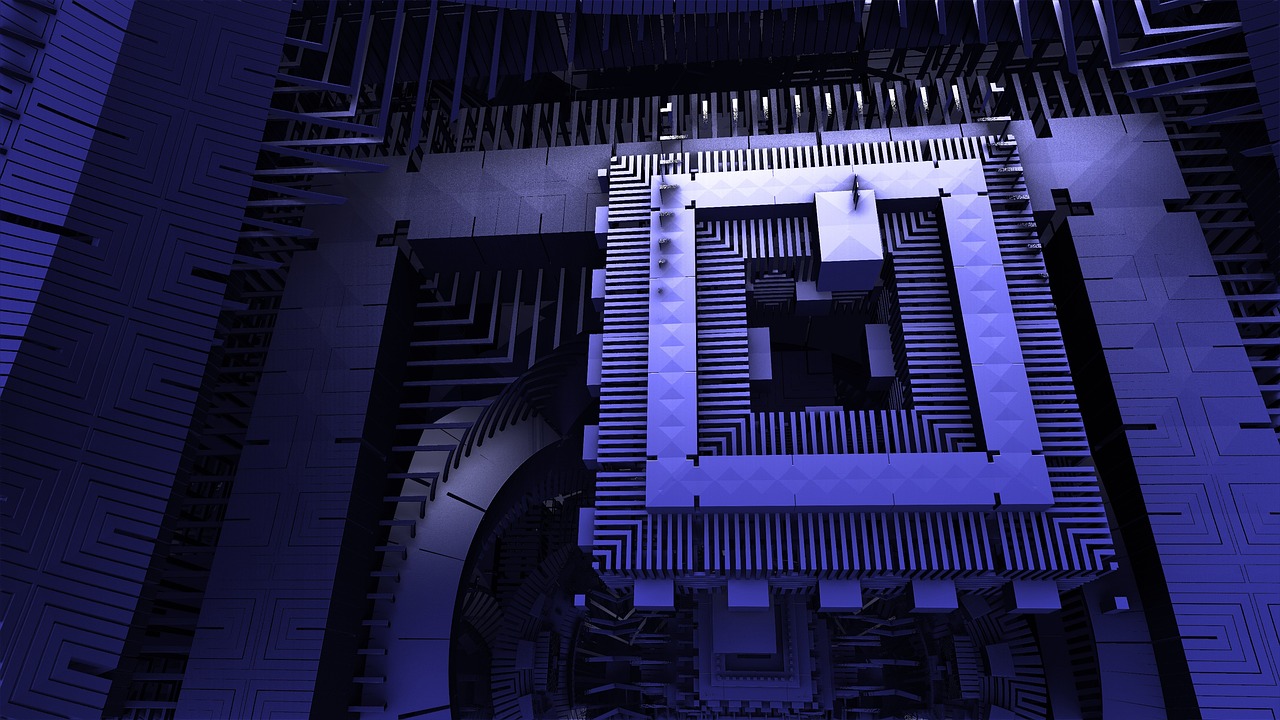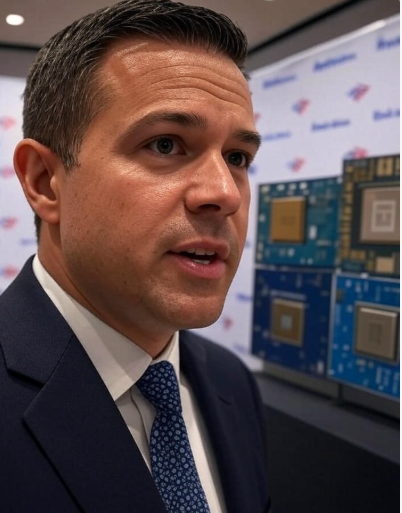The intersection of artificial intelligence (AI) and robotics has long been a staple of science fiction, but Nvidia is making it a reality—and they’re starting with your doctor’s office. On March 25, 2025, The New York Times reported on Nvidia’s ambitious push to integrate AI-powered robots into healthcare, potentially transforming how we diagnose, treat, and manage medical conditions. With their cutting-edge technology, Nvidia isn’t just aiming to assist doctors—they’re looking to replace them in certain capacities. This bold move raises exciting possibilities and thorny questions about the future of medicine, human expertise, and the role of technology in our lives.
Nvidia’s Technological Arsenal
Nvidia is no stranger to pushing boundaries. Known primarily for its graphics processing units (GPUs) that power everything from video games to cryptocurrency mining, the company has steadily pivoted toward AI and machine learning over the past decade. Their latest foray into healthcare leverages this expertise, combining powerful AI algorithms with robotics to create systems capable of performing tasks traditionally reserved for human physicians.
Imagine a sleek, humanoid robot equipped with Nvidia’s latest chips, analyzing your symptoms, reviewing your medical history, and prescribing treatment—all in a matter of minutes. These machines could use real-time data from wearable devices, advanced imaging systems, and vast medical databases to make decisions with a precision that rivals (or even surpasses) human doctors. Nvidia’s AI isn’t just about raw computing power; it’s about training systems to “think” like medical professionals, spotting patterns in data that might elude even the most experienced practitioners.
The company’s recent announcements hint at a ecosystem where AI robots handle everything from routine check-ups to complex diagnostics. This isn’t a distant dream—Nvidia’s technology is already being tested in research labs and pilot programs, with the potential to scale rapidly. By marrying their hardware prowess with sophisticated software, Nvidia is positioning itself as a leader in what could be the next great leap in healthcare innovation.
The Promise of AI in Medicine
The appeal of AI-driven healthcare is undeniable. Human doctors, for all their skill, are limited by time, fatigue, and the sheer volume of information they must process. An AI robot, on the other hand, can work 24/7, sift through millions of medical studies in seconds, and deliver consistent results without the risk of burnout. For patients in underserved areas—where access to specialists is scarce—these robots could be a lifeline, offering high-quality care at a fraction of the cost.
Take diagnostic accuracy, for example. Studies have shown that AI systems can already outperform humans in detecting certain conditions, like skin cancer or retinal diseases, by analyzing images with superhuman precision. Nvidia’s robots could take this a step further, integrating data from multiple sources (blood tests, genetic profiles, lifestyle factors) to create a holistic picture of a patient’s health. The result? Faster diagnoses, personalized treatment plans, and potentially better outcomes.
Beyond diagnostics, these robots could streamline administrative tasks that bog down the healthcare system. Scheduling appointments, managing records, and even handling insurance claims could be offloaded to AI, freeing up human professionals to focus on what they do best: providing empathy and nuanced care. In emergencies, robotic assistants could act as first responders, stabilizing patients with speed and efficiency until human help arrives.
The Ethical and Practical Challenges
But Nvidia’s vision isn’t without its hurdles. Replacing doctors—or even supplementing them—with AI robots raises profound ethical and practical questions. For one, who’s accountable when something goes wrong? If an AI misdiagnoses a patient or prescribes the wrong medication, is it Nvidia’s fault? The programmer’s? The hospital’s? Legal frameworks haven’t caught up to this reality, leaving a gray area that could complicate adoption.
Then there’s the issue of trust. Patients often rely on the human connection with their doctors—the reassurance of a warm handshake or a knowing nod. Can a robot replicate that? Nvidia might argue that accuracy trumps bedside manner, but for many, medicine is as much an art as a science. A cold, calculating machine might save lives, but it could also alienate those who crave the comfort of human interaction.
Data privacy is another sticking point. AI robots would need access to vast amounts of personal health information to function effectively. In an era of frequent data breaches and growing skepticism about Big Tech, patients might hesitate to hand over their most intimate details to a corporation like Nvidia. Ensuring robust security and transparency will be critical if this technology is to gain widespread acceptance.
And what about the doctors themselves? The American Medical Association and similar bodies might push back against a system that threatens to disrupt their profession. While Nvidia frames this as augmentation rather than replacement, the line between the two could blur as AI grows more capable. Will we see a future where medical schools shrink, and robotics labs expand? It’s a possibility that could reshape education and employment in profound ways.
A Glimpse Into the Future
Despite these challenges, Nvidia’s track record suggests they’re serious about making this work. Their partnerships with research institutions, hospitals, and tech giants could accelerate the development and deployment of AI robots. Picture a world where your annual check-up happens at home, with a robot delivered by drone, or where surgeries are performed by AI-guided machines with unerring precision. It’s not hard to imagine Nvidia’s technology becoming a cornerstone of healthcare within the next decade.
This isn’t just about medicine—it’s about redefining how we interact with technology. Nvidia’s AI robots could set a precedent for other industries, from education to law, where human expertise is gradually augmented (or supplanted) by machines. The ripple effects could be staggering, reshaping economies, societies, and even our sense of what it means to be human.
Balancing Innovation and Humanity
As Nvidia charges ahead, the key will be striking a balance between innovation and humanity. AI robots could revolutionize healthcare, making it faster, cheaper, and more accessible than ever before. But they must complement, not erase, the human touch that lies at the heart of medicine. Perhaps the ideal future isn’t one where robots replace doctors entirely, but where they work alongside them—handling the data crunching and rote tasks while humans focus on the messy, beautiful complexity of caring for one another.
For now, Nvidia’s vision is a tantalizing glimpse into what’s possible. The technology is here, the ambition is clear, and the stakes couldn’t be higher. Whether AI robots become our new doctors or trusted assistants, one thing is certain: the healthcare landscape is about to change, and Nvidia is leading the charge. As we stand on the brink of this transformation, the question isn’t just “Can they do it?”—it’s “Should they?” The answer will shape the future of medicine for generations to come.



